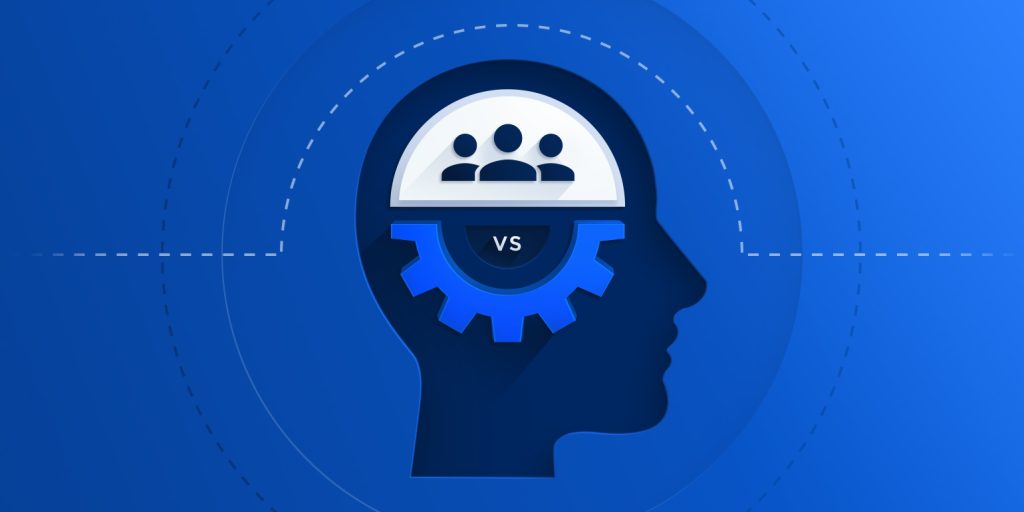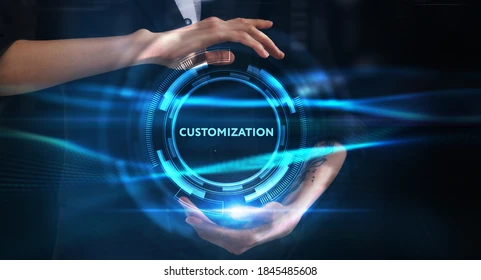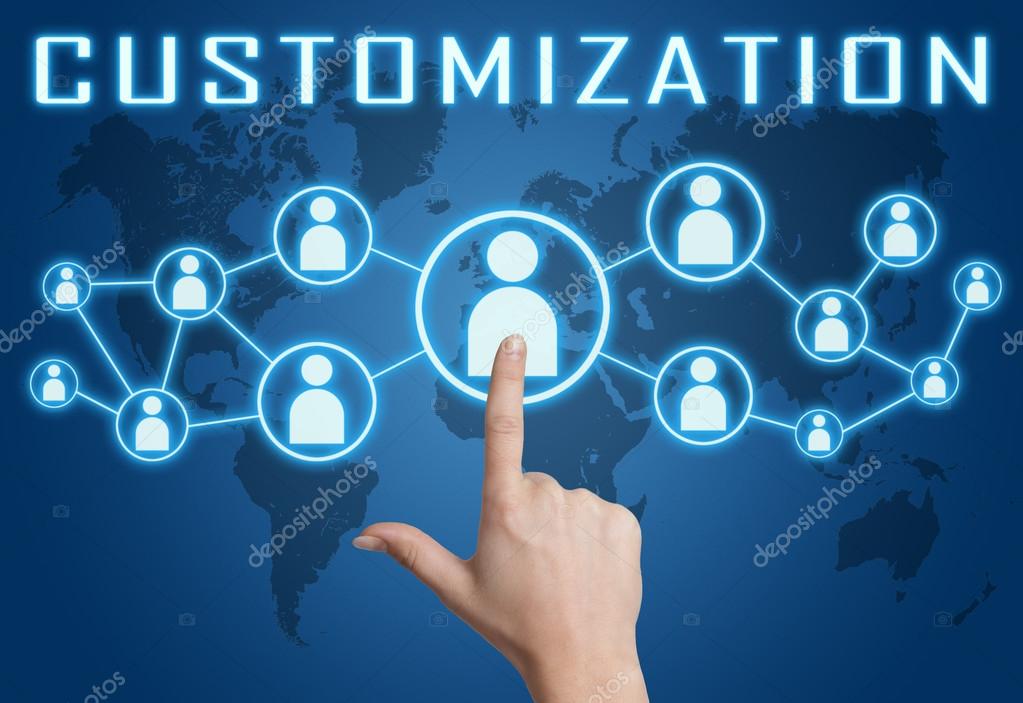Digital marketers cannot rely on a single approach for their campaigns. Consumers expect more from brands than ever. Brands must be able to identify the problem and offer the best solution immediately.
This is partly due to consumer behavior, and part to advances in digital marketing technology. The technology has advanced to the point that marketers can now create laser-focused messages for certain audience segments using a variety of advertising types. The question is: Which approach is best, personalized or customized advertising?
What is the difference between personalized and customized?

Personalization and customization are often confused. Although there is some overlap, both aim to personalize marketing experiences to users’ interests and enhance their experience. However, they each take two different paths to achieve their goals. Both have their own unique differences.
While customization is initiated by users, personalization is done by users.
This article will explain the differences between these approaches and highlight examples of personalization and customization in digital marketing and their impact on user experience.
What is customization?
The user can customize the items. After identifying their preferences, users are shown the items they like. When customers sign up to Netflix, they are asked to choose a few favorite shows and then display a list of choices based on their selections. Netflix then customizes the account according to the preferences.
Another example of customization occurs when you click “hide ads” on other platforms such as Facebook ads and Google Display Network ads.
Google will send you a page when you click to hide display ads. Here you can customize the ads that you see as you browse websites.
Similar to the above, Facebook provides a list with reasons why it hid an ad. Next, you will be asked to choose your ad preferences — personalizing future ads.
Because users can control what they see, customization enhances the user experience. This allows them to react positively to ads that they see.
What is personalization?
Personalization uses information points — information about the user, to improve relevancy to ads or cross-channel messages like emails or text messages.

Advertising personalization makes use of insights like basic demographic information, buying patterns and preferences to create marketing experiences for a particular audience segment. This increases the chance of a higher return on investment.
This graph illustrates the effect of personalization on conversion rates via advertising channels:
Personalization in advertising doesn’t only include first names tokens in emails and in-app messages. Digital marketers should create personalized campaigns using all the data points. It is an advertising necessity.
Personalization in PPC ads
Marketers have changed the way they run personalization campaigns through email marketing, PPC marketing and marketing automation due to the amount of data that is available. Facebook and Google give you access to an abundance of data, including demographics, interests, behaviors and connections, to help you create customized campaigns for each audience segment.
Personalized campaigns are a form of PPC marketing that focuses on message matching campaigns. This can be based on the user’s online browsing habits or search query.
Personalization of PPC advertising is achieved by matching user queries and browsing behaviour with ads and the relevant post-click landing page. Optimove shows message match using its remarketing ad, and corresponding post-click landing pages below . Both have the same or similar headlines, copy, branding imagery and colors.
Personalization in PPC marketing includes geo-targeting ads and landing pages to specific audiences. dynamic text replacement can be used with your ads or post-click landing pages. To personalize the page, you can use URL parameters from your post-click land page.
The dynamic replacement text displayed in the above ad will change if a user does a mobile search. Mobile users will see the first advertisement with the text “Free Shipping on Mobile Orders”. The second ad will be displayed to users who don’t view the first ad via a mobile device. It doesn’t include the free shipping text.
This principle applies to landing pages after clicks, in which content or geographical locations change for different users based on UTM parameters.
Email personalization
Personalization in email has advanced from the simple use of the prospect’s name as the subject line and body. Personalization is no longer possible with first name tokens, as it is so common. Brands can now customize automated emails with account-specific data points.

One of the most fundamental examples of personalization is connecting every email offer to its post-click landing pages. This is what Invoca does using their post-click landing pages sequence.
To personalize your email, insert dynamic content into your emails. This will determine which recipients view each block of content within the email body. Next, you can show them the content you know they prefer. Campaign Monitor makes it easy to do this:
Marketing automation personalization
Marketing automation uses personalization to tailor customer journeys to the right audience at a particular time.
Advertising personalization is a method of understanding the preferences and behaviors of users and showing them ads that they like.
Personalization and customization may be two different concepts but they both have an effect on the user experience.
Personalization or customization in the user experience
The user experience refers to the interaction a user has with a website, an advertisement, or any other digital marketing component. Personalization and customization have a positive effect on user experience as they improve the user’s experience while browsing a website. You can refer to the Netflix personalized signup process earlier.
Customization enhances the user experience by allowing users to choose their preferences. By describing what they want, marketers can show them customized marketing campaigns that meet their needs.

Personalization enhances the user experience. Marketers can create marketing campaigns using information about their audience. You can create messages that are completely message-matched and relevant to your audience by knowing what preferences they have, their needs, and what they want to achieve.
Which is better: Personalization or customization?
You don’t have to choose between the approaches and decide which one you will implement. Instead, combine them. This will ensure that your audience has the best possible experience and can receive the marketing messages they desire.
